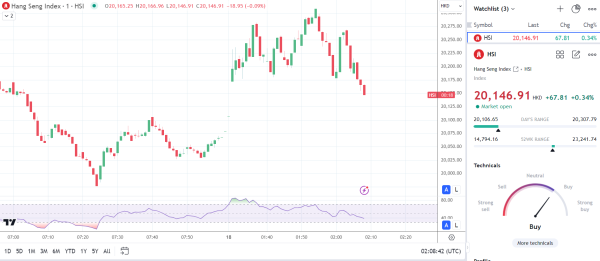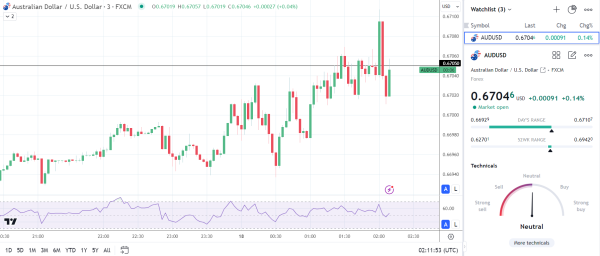China Economy Grows by 4.6% in Q3 2024 as Markets Clamor for More Stimulus
China’s Economy Slows to 4.6% Growth in Q3 2024
China’s economy struggles to meet expectations, raising questions about future growth prospects. On Friday, October 18, China’s economy was in the spotlight. Q3 GDP, retail sales, unemployment, and industrial production figures drew investor interest.
The economy expanded by 4.6% in Q3 2024, slower than the 4.7% growth reported for Q2 2024. Economists expected growth of 4.5%. Significantly, growth was notably below the government’s 5% growth target for 2024.
While growth slowed in the third quarter, other economic indicators suggested a modest recovery heading into Q4 2024. These included:
- Retail sales increased by 3.2% year-on-year in September, up from 2.1% in August.
- Industrial production rose by 5.4% year-on-year, following an increase of 4.5% in August.
- The unemployment rate fell from 5.3% in August to 5.1% in September.
Focus Shifts to Fresh Fiscal Stimulus
In recent weeks, the People’s Bank of China (PBoC) and the Chinese government have rolled out various stimulus measures to bolster the Chinese economy. However, market reactions have been mixed. While the focus has been on increasing access to lending and the real estate sector, concerns about consumer appetite for borrowing and consumption linger.
Furthermore, weak overseas demand further dampens China’s growth prospects. In September, exports from China grew by 2.4% year-on-year, down sharply from an 8.7% rise in August. Imports increased by just 0.3%, highlighting weak domestic and overseas demand.
Expert Views on China’s Stimulus Measures and Economy
Natixis Asia Economist Alicia Garcia Herrero remarked on the recent stimulus package, stating,
“China’s first figure for stimulus is a rescue package for developers and not for consumption. As much as RMB 4 trillion (US$562bn financing is for housing projects on a ‘whitelist’. This whitelist was introduced last January and includes projects and developers eligible to receive further funding from local and state-owned banks to help them complete unfinished projects. Approved loans for whitelisted projects so far this year total Rmb2.2tn (US$313bn) and the economy has not even noticed it! In other words, don’t expect the economy to recover with this.”
Market Reaction to China’s Economic Data
On Friday, the Hang Seng Index had a mixed reaction to the economic indicators, rising to a post-stat high of 20,269 before falling to a low of 20,147.
On Friday, October 18, the Hang Seng Index was up 0.34% to 20,147.

In the forex markets, economists consider the Aussie dollar a proxy for the Chinese economy. Before the stats, the AUD/USD briefly dipped to $0.66929 before reaching a pre-stat high of $0.67069.
However, in response to the data, the AUD/USD climbed to a high of $0.67107 before falling to a low of $0.67011.
On Friday, the AUD/USD was up 0.14% to $0.67046.
